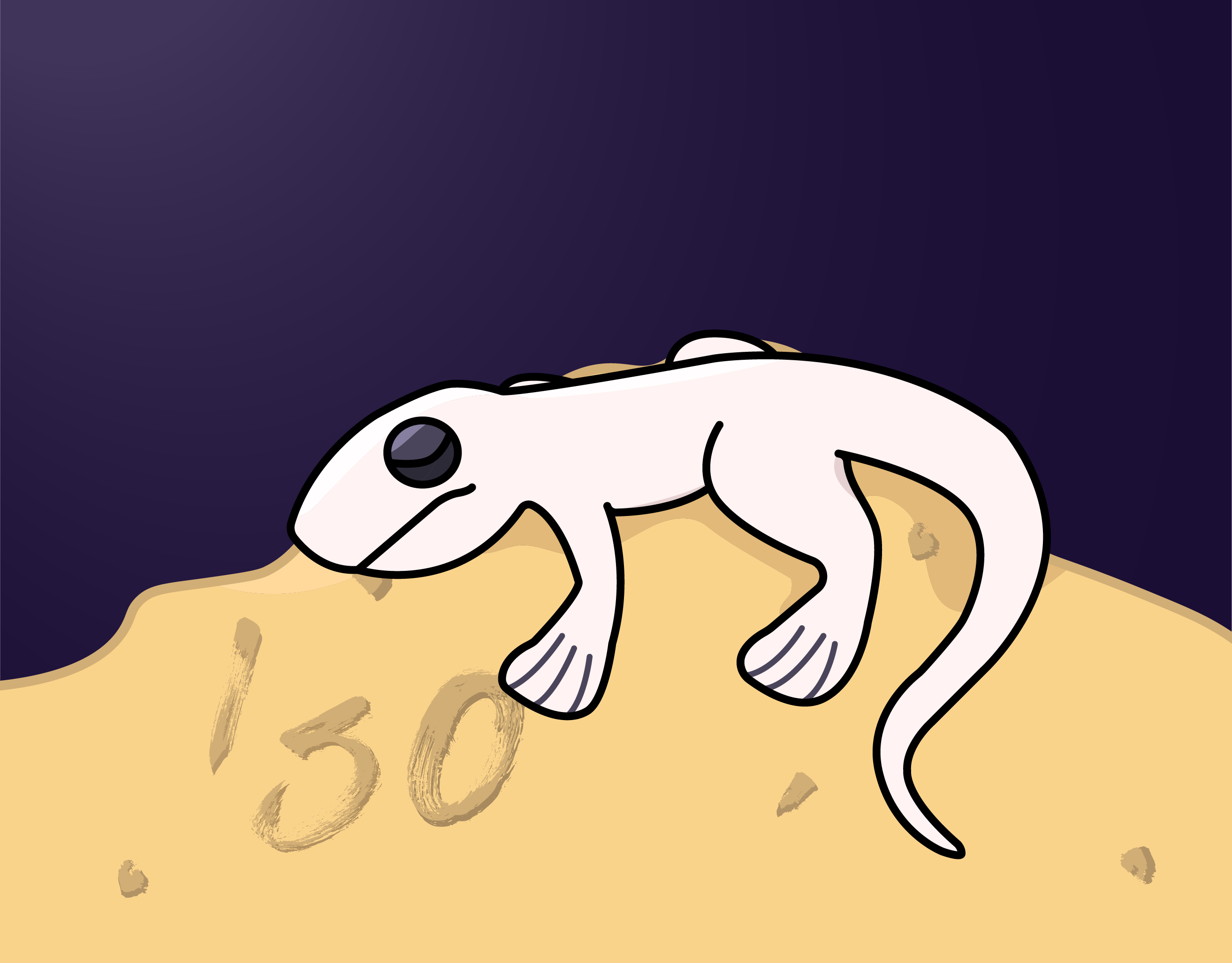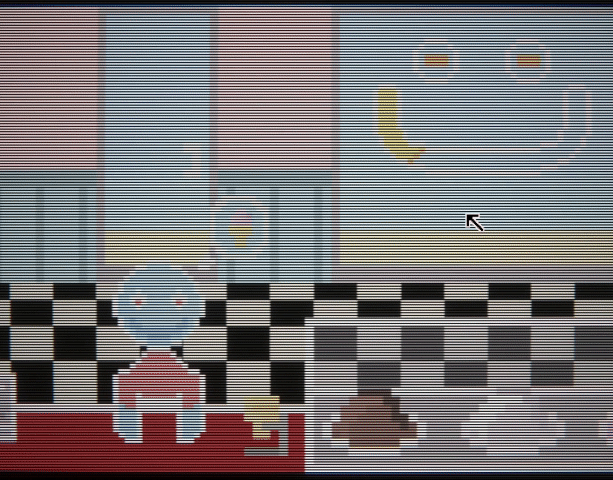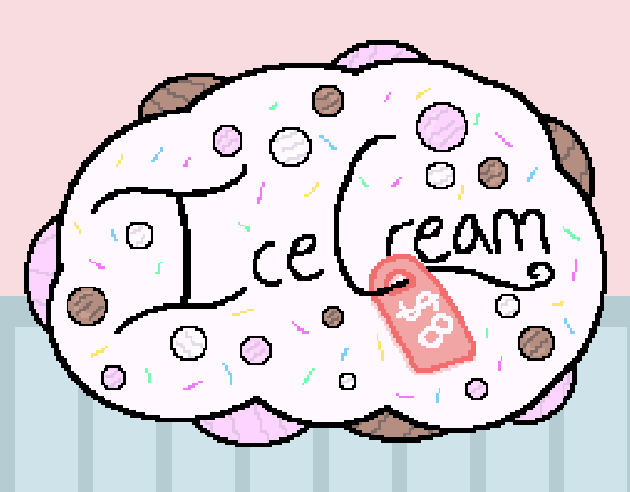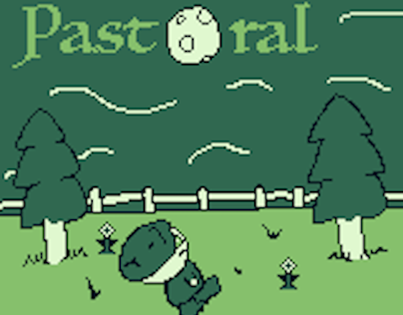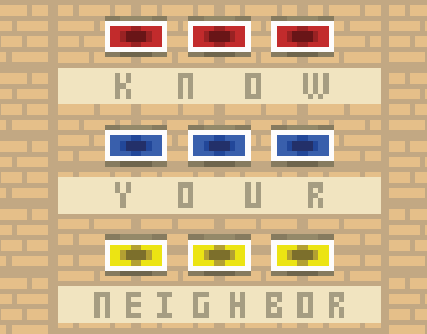Producer, Lead Designer
December 2024
The Puzzling Unconscious Mind
ZED: EVE OF NIGHTMARE is a body horror point-and-click puzzle game that explores human understanding of the unconscious. As the only conscious being in the tortured realm of Marer's Jail, Zed must make sense of the visions of nightmares to craft powerful unconscious cores to feed the land. Will any sort of change offer enough peace to console Zed's horrific reality?
Organizing a Team
• "Narrative Play" project during my first semester as a graduate student at USC, working with three peers to create a small game in two months.
• Gravitated towards body horror aesthetics and a unique puzzle mechanic inspired by games the team loved ("Moncage", "Hellblade: Senua's Sacrifice")
• Aptly scoped project, leading team meetings and managing JIRA using skills I learned through challenges with my undergraduate capstone.
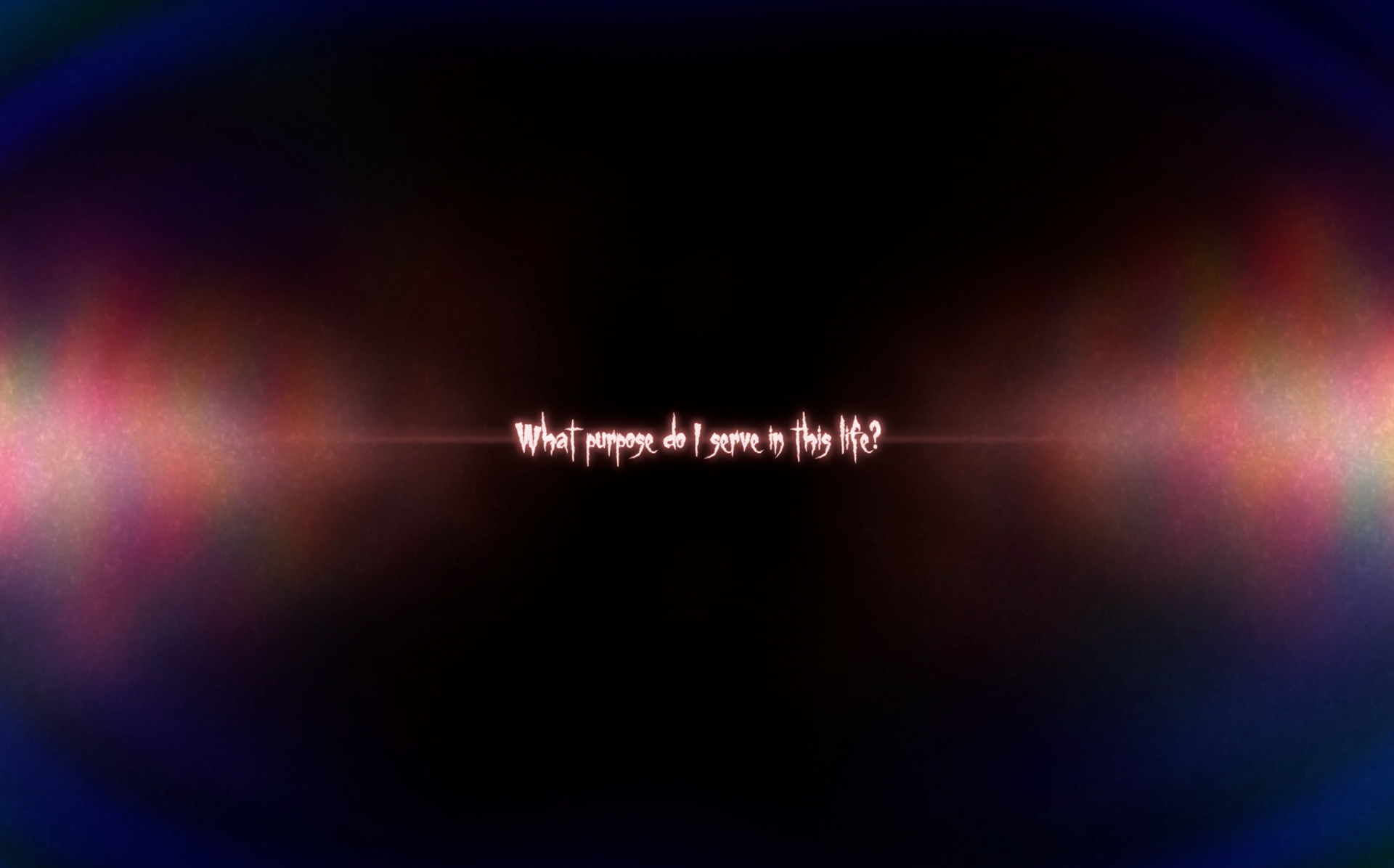
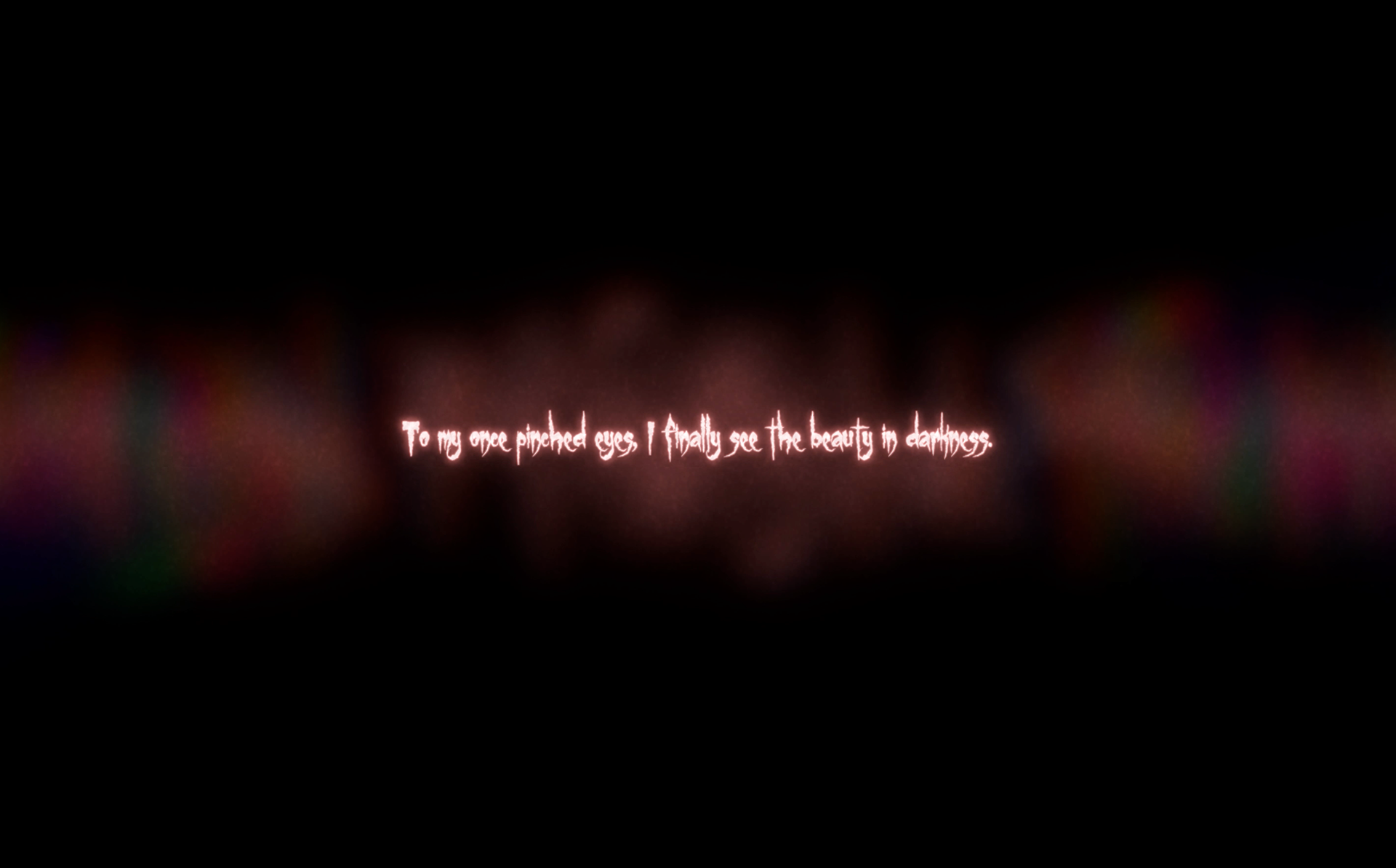
Exploring the Unconscious
• As the writer, I had the exciting task of portraying a narrative that was about the unconscious mind, a complex introspective topic.
• Carefully crafted a three-act structure such that the information player's obtained was vague, yet thought-provoking. This sort of story was not the kind where every little detail mattered—all that was important is that players were receiving enough information to form their own story of what was going on.
• As lead designer, created puzzle gameplay exemplary of our game's core themes of body horror and exploring the unconscious mind.
Make sense of the objects that appear in these nightmares, using them to form the shape of the unconscious core.
Designing the Unconscious
Inspired by "Hellblade: Senua's Sacrifice," players are tasked with making sense of seemingly random horrific objects in a puzzle cube to form a specified shape (called the "unconscious core").
Combined with another mechanic introduced in future levels, which involves rotating the camera perspective around the cube-like space (a la "Fez" or "Moncage"), we were able to create puzzle gameplay that excited and engaged players.
Rotate the camera perspective to wrap your head around these mutilated realms.
Tools I Used
Aseprite: used to create some art assets, including the cover art and in-game cursor
JIRA: used to manage production
Unity6: developed in engine
MuseScore: used to compose background music

